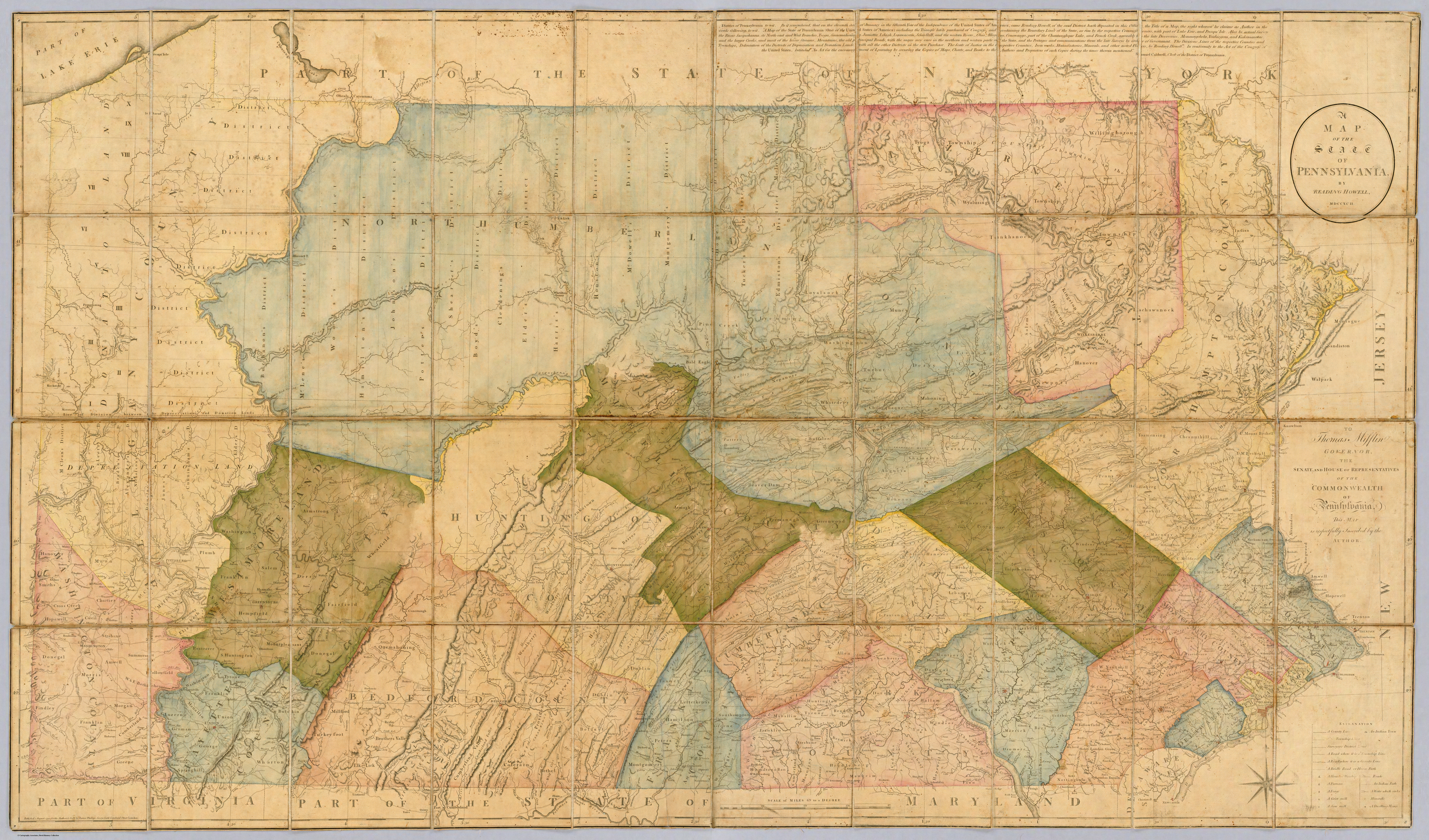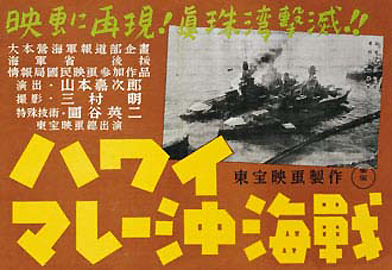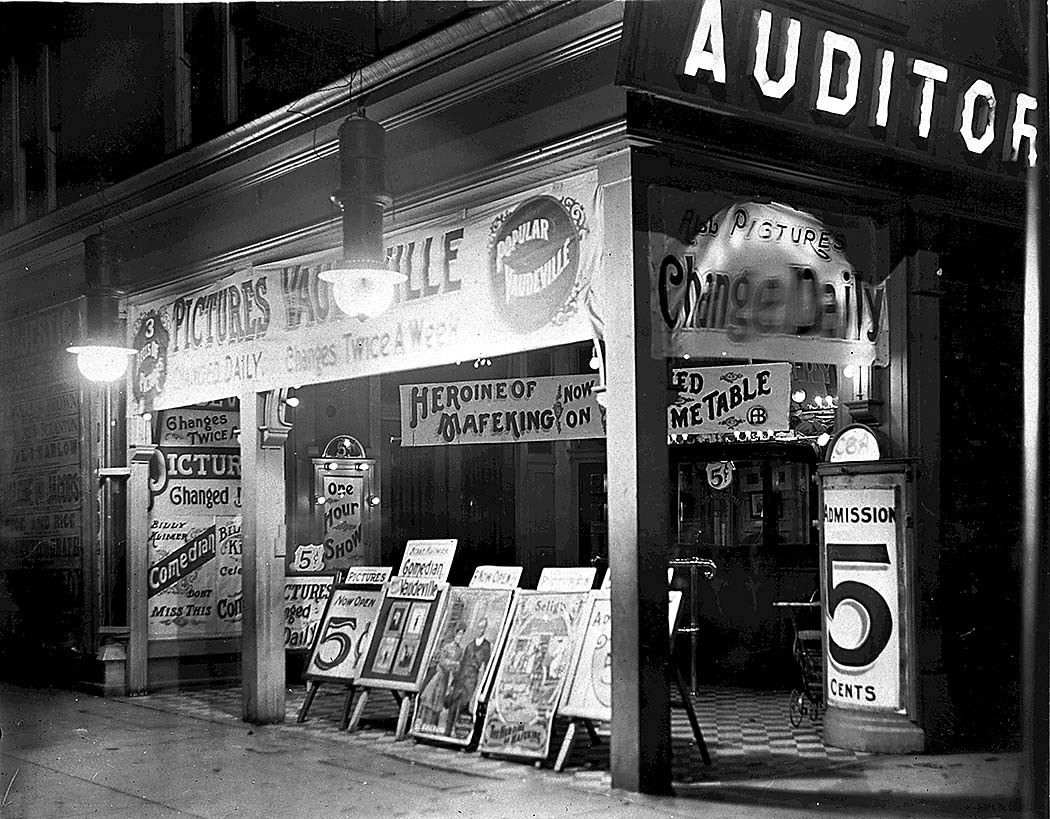|
Lyman Hakes Howe
Lyman Hakes Howe (June 6, 1856 = January 30, 1923) was an American entertainer, motion picture exhibitor and early filmmaker. He entered the entertainment industry in 1883, and began touring with a phonograph in 1890. He showed his first movies in 1896. He was the first person to use a phonograph for background sound effects in movies. Early life and education Howe was born in Wilkes Barre, Pennsylvania to Nathan Howe, a building contractor, and Margaret Robins (Howe)––the youngest of their eight children. He attended Wyoming Academy, a secondary preparatory and business school, for two years and then started a business as a house and sign painter with a friend. He soon became a traveling salesman. After his father's death and the 1873 financial panic left the family near bankruptcy, he became a brakeman for the Central Railroad of New Jersey. Career Early career In 1883, Howe entered the entertainment industry with Robert M. Colborn. The partners bought a miniature workin ... [...More Info...] [...Related Items...] OR: [Wikipedia] [Google] [Baidu] |
Wilkes-Barre, Pennsylvania
Wilkes-Barre ( or ) is a city in the U.S. state of Pennsylvania and the county seat of Luzerne County, Pennsylvania, Luzerne County. Located at the center of the Wyoming Valley in Northeastern Pennsylvania, it had a population of 44,328 in the 2020 census. It is the second-largest city, after Scranton, Pennsylvania, Scranton, in the Scranton–Wilkes-Barre–Hazleton, PA Metropolitan Statistical Area, which had a population of 563,631 as of the 2010 United States census, 2010 census and is the fourth-largest metropolitan area in Pennsylvania after the Delaware Valley, Greater Pittsburgh, and the Lehigh Valley with an urban population of 401,884. Scranton/Wilkes-Barre is the cultural and economic center of a region called Northeastern Pennsylvania, which is home to over 1.3 million residents. Wilkes-Barre and the surrounding Wyoming Valley are framed by the Pocono Mountains to the east, the Endless Mountains to the north and west, and the Lehigh Valley to the south. The Susqu ... [...More Info...] [...Related Items...] OR: [Wikipedia] [Google] [Baidu] |
Newsreel
A newsreel is a form of short documentary film, containing news stories and items of topical interest, that was prevalent between the 1910s and the mid 1970s. Typically presented in a cinema, newsreels were a source of current affairs, information, and entertainment for millions of moviegoers. Newsreels were typically exhibited preceding a feature film, but there were also dedicated newsreel theaters in many major cities in the 1930s and ’40s, and some large city cinemas also included a smaller theaterette where newsreels were screened continuously throughout the day. By the end of the 1960s television news broadcasts had supplanted the format. Newsreels are considered significant historical documents, since they are often the only audiovisual record of certain cultural events. History Silent news films were shown in cinemas from the late 19th century. In 1909 Pathé started producing weekly newsreels in Europe. Pathé began producing newsreels for the UK in 1910 and ... [...More Info...] [...Related Items...] OR: [Wikipedia] [Google] [Baidu] |
The New York Times
''The New York Times'' (''the Times'', ''NYT'', or the Gray Lady) is a daily newspaper based in New York City with a worldwide readership reported in 2020 to comprise a declining 840,000 paid print subscribers, and a growing 6 million paid digital subscribers. It also is a producer of popular podcasts such as '' The Daily''. Founded in 1851 by Henry Jarvis Raymond and George Jones, it was initially published by Raymond, Jones & Company. The ''Times'' has won 132 Pulitzer Prizes, the most of any newspaper, and has long been regarded as a national " newspaper of record". For print it is ranked 18th in the world by circulation and 3rd in the U.S. The paper is owned by the New York Times Company, which is publicly traded. It has been governed by the Sulzberger family since 1896, through a dual-class share structure after its shares became publicly traded. A. G. Sulzberger, the paper's publisher and the company's chairman, is the fifth generation of the family to head the pa ... [...More Info...] [...Related Items...] OR: [Wikipedia] [Google] [Baidu] |
This Is Cinerama
''This Is Cinerama'' is a 1952 American documentary film directed by Mike Todd, Michael Todd, Jr., Walter A. Thompson and Fred Rickey and starring Lowell Thomas. It is designed to introduce the widescreen process Cinerama, which broadens the aspect ratio so that the viewer's peripheral vision is involved. ''This Is Cinerama'' premiered on September 30, 1952, at the Broadway Theatre in New York City. Synopsis The film begins in black and white and the standard Academy ratio as travel writer and newscaster Lowell Thomas appears to discuss the evolution of film entertainment, from the earliest cave paintings designed to suggest movement to the introduction of color and sound. At the conclusion of the 12-minute lecture, Thomas speaks the words "This is Cinerama" and the screen expands into the full Cinerama 2.65:1 aspect ratio and full color as a series of vignettes, narrated by Thomas, begins. The film includes point-of-view scenes of the Atom Smasher roller coaster at Rockaways ... [...More Info...] [...Related Items...] OR: [Wikipedia] [Google] [Baidu] |
Vertigo
Vertigo is a condition where a person has the sensation of movement or of surrounding objects moving when they are not. Often it feels like a spinning or swaying movement. This may be associated with nausea, vomiting, sweating, or difficulties walking. It is typically worse when the head is moved. Vertigo is the most common type of dizziness. The most common disorders that result in vertigo are benign paroxysmal positional vertigo (BPPV), Ménière's disease, and labyrinthitis. Less common causes include stroke, brain tumors, brain injury, multiple sclerosis, migraines, trauma, and uneven pressures between the middle ears. Physiologic vertigo may occur following being exposed to motion for a prolonged period such as when on a ship or simply following spinning with the eyes closed. Other causes may include toxin exposures such as to carbon monoxide, alcohol, or aspirin. Vertigo typically indicates a problem in a part of the vestibular system. Other causes of dizziness incl ... [...More Info...] [...Related Items...] OR: [Wikipedia] [Google] [Baidu] |
World War I
World War I (28 July 1914 11 November 1918), often abbreviated as WWI, was one of the deadliest global conflicts in history. Belligerents included much of Europe, the Russian Empire, the United States, and the Ottoman Empire, with fighting occurring throughout Europe, the Middle East, Africa, the Pacific, and parts of Asia. An estimated 9 million soldiers were killed in combat, plus another 23 million wounded, while 5 million civilians died as a result of military action, hunger, and disease. Millions more died in genocides within the Ottoman Empire and in the 1918 influenza pandemic, which was exacerbated by the movement of combatants during the war. Prior to 1914, the European great powers were divided between the Triple Entente (comprising France, Russia, and Britain) and the Triple Alliance (containing Germany, Austria-Hungary, and Italy). Tensions in the Balkans came to a head on 28 June 1914, following the assassination of Archduke Franz Ferdin ... [...More Info...] [...Related Items...] OR: [Wikipedia] [Google] [Baidu] |
War Film
War film is a film genre concerned with warfare, typically about naval, air, or land battles, with combat scenes central to the drama. It has been strongly associated with the 20th century. The fateful nature of battle scenes means that war films often end with them. Themes explored include combat, survival and escape, camaraderie between soldiers, sacrifice, the futility and inhumanity of battle, the effects of war on society, and the moral and human issues raised by war. War films are often categorized by their milieu, such as the Korean War; the most popular subject is the Second World War. The stories told may be fiction, historical drama, or biographical. Critics have noted similarities between the Western and the war film. Nations such as China, Indonesia, Japan, and Russia have their own traditions of war film, centred on their own revolutionary wars but taking varied forms, from action and historical drama to wartime romance. Subgenres, not necessarily distinct, includ ... [...More Info...] [...Related Items...] OR: [Wikipedia] [Google] [Baidu] |
Canada
Canada is a country in North America. Its ten provinces and three territories extend from the Atlantic Ocean to the Pacific Ocean and northward into the Arctic Ocean, covering over , making it the world's second-largest country by total area. Its southern and western border with the United States, stretching , is the world's longest binational land border. Canada's capital is Ottawa, and its three largest metropolitan areas are Toronto, Montreal, and Vancouver. Indigenous peoples have continuously inhabited what is now Canada for thousands of years. Beginning in the 16th century, British and French expeditions explored and later settled along the Atlantic coast. As a consequence of various armed conflicts, France ceded nearly all of its colonies in North America in 1763. In 1867, with the union of three British North American colonies through Confederation, Canada was formed as a federal dominion of four provinces. This began an accretion of provinces an ... [...More Info...] [...Related Items...] OR: [Wikipedia] [Google] [Baidu] |
Motion Picture Patents Company
The Motion Picture Patents Company (MPPC, also known as the Edison Trust), founded in December 1908 and terminated seven years later in 1915 after conflicts within the industry, was a trust of all the major US film companies and local foreign-branches ( Edison, Biograph, Vitagraph, Essanay, Selig Polyscope, Lubin Manufacturing, Kalem Company, Star Film Paris, American Pathé), the leading film distributor (George Kleine) and the biggest supplier of raw film stock, Eastman Kodak. The MPPC ended the domination of foreign films on US screens, standardized the manner in which films were distributed and exhibited within the US, and improved the quality of US motion pictures by internal competition. But it also discouraged its members' entry into feature film production, and the use of outside financing, both to its members' eventual detriment. Creation The MPPC was preceded by the Edison licensing system, in effect in 1907–1908, on which the MPPC was modeled. During the 1890s ... [...More Info...] [...Related Items...] OR: [Wikipedia] [Google] [Baidu] |
Fred Niblo
Fred Niblo (born Frederick Liedtke; January 6, 1874 – November 11, 1948) was an American pioneer film actor, director and producer. Biography He was born Frederick Liedtke (several sources give "Frederico Nobile", apparently erroneously) in York, Nebraska to a French mother and a father who had served as a captain in the American Civil War and was wounded at the Battle of Gettysburg. Using the stage name Fred Niblo, Liedtke began his show business career performing in vaudeville and in live theater. After more than 20 years doing live performing as a monologist, during which he traveled extensively around the globe, he worked in Australia from 1912 through 1915, where he turned to the burgeoning motion picture industry and made his first two films. On June 2, 1901, Niblo married Broadway actress Josephine Cohan, the older sister of George M. Cohan. He managed the Four Cohans in their two big successes: ''The Governor's Son'' and ''Running for Office''. From 1904 to 1905, Fred ... [...More Info...] [...Related Items...] OR: [Wikipedia] [Google] [Baidu] |
Burton Holmes
Elias Burton Holmes (1870–1958) was an American traveler, photographer and filmmaker, who coined the term "Travel literature, travelogue". Travel stories, slide shows, and motion pictures were all in existence before Holmes began his career, as was the profession of travel lecturer; but Holmes was the first person to put all of these elements together into documentary travel lectures. Early years Elias Burton Holmes was born into a middle-class Chicago family, the son of a banker. His interest in travel was sparked at the age of nine when his grandmother took him to hear a then-famous travel lecturer, John L. Stoddard (whom Holmes was to meet on a subsequent trip abroad). In 1890, Holmes accompanied his grandmother on a trip to Europe and when he returned showed slides of his trip at the Chicago Camera Club, of which he was a member. Holmes wrote of this event: "To take the edge off the silence, to keep the show moving, I wrote an account of my journey and read it, as the ... [...More Info...] [...Related Items...] OR: [Wikipedia] [Google] [Baidu] |
Nickelodeon (movie Theater)
The Nickelodeon was the first type of indoor exhibition space dedicated to showing projected motion pictures in the United States and Canada. Usually set up in converted storefronts, these small, simple theaters charged five cents for admission and flourished from about 1905 to 1915. Etymology "Nickelodeon" was concocted from ''nickel'', the name of the U.S. five-cent coin, and the ancient Greek word ''odeion'', a roofed-over theater, the latter indirectly by way of the '' Odéon'' in Paris, emblematic of a very large and luxurious theater, much as the '' Ritz'' was of a grand hotel. In spite of this derivation, the word has also been used since at least 1925 to refer to coin-operated player pianos and jukeboxes. One later instance of this use is the 1949 popular song "Music! Music! Music!" ("Put another nickel in, in the nickelodeon…"). History The earliest films had been shown in "peep show" machines or projected in vaudeville theaters as one of the otherwise live acts. ... [...More Info...] [...Related Items...] OR: [Wikipedia] [Google] [Baidu] |


.png)




